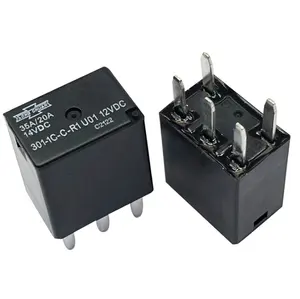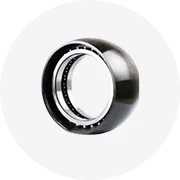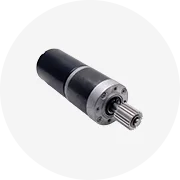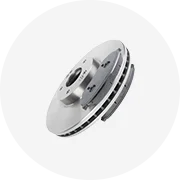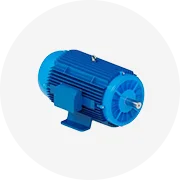About products and suppliers
Tốt. rơle điện 12v 24v 250v giúp công cụ của bạn hoạt động hiệu quả mà không gặp bất kỳ sự cố nào. Tại Alibaba.com, bạn sẽ tìm thấy mặt hàng bán chạy nhất. rơle điện 12v 24v 250v với giá cả phải chăng. Những hiệu quả. rơle điện 12v 24v 250v được làm từ vật liệu chất lượng nâng cao độ bền để làm việc ngay cả trong môi trường có tác động mạnh. Bất kể bạn sử dụng thiết bị nào, bạn có thể tìm thấy sản phẩm tốt nhất thực hiện công việc.
Trong quá khứ, những. rơle điện 12v 24v 250v từng có kích thước khổng lồ khiến chúng cồng kềnh và không linh hoạt. Theo thời gian, có rất nhiều cải tiến trong công nghệ và ngày nay là những. rơle điện 12v 24v 250v có nhiều kích thước khác nhau với nhiều chức năng hơn. Ở đây bạn sẽ tìm thấy một loạt các. rơle điện 12v 24v 250v hoàn toàn phù hợp với công cụ của bạn.
Các sản phẩm trên nền tảng này cung cấp chất lượng và hiệu quả tùy thuộc vào nhu cầu và ngân sách khác nhau. Các sản phẩm trên nền tảng phù hợp với nhau để thiết lập các tiêu chuẩn đảm bảo hoạt động hiệu quả. Các nhà sản xuất của những. rơle điện 12v 24v 250v có kinh nghiệm sản xuất và cung cấp các sản phẩm có thể thích ứng với nhu cầu thay đổi của thị trường. Các. rơle điện 12v 24v 250v được cung cấp ở đây cung cấp một nhóm lớn các tính năng để chọn từ mô-men xoắn, số vòng quay mỗi phút, động cơ không chổi than và kích thước cho phép bạn mua những thứ tốt nhất. rơle điện 12v 24v 250v phù hợp với yêu cầu và ngân sách của bạn.
Tại Alibaba.com, bạn có thể nhận được. Các giao dịch và ưu đãi của rơle điện 12v 24v 250v phù hợp với ngân sách của bạn. Nhận chất lượng bền. rơle điện 12v 24v 250v để đáp ứng mọi nhu cầu của bạn từ rất nhiều sản phẩm được cung cấp để bán dựa trên yêu cầu của bạn về kích thước, xếp hạng công suất và sự dễ dàng trong bảo trì.

